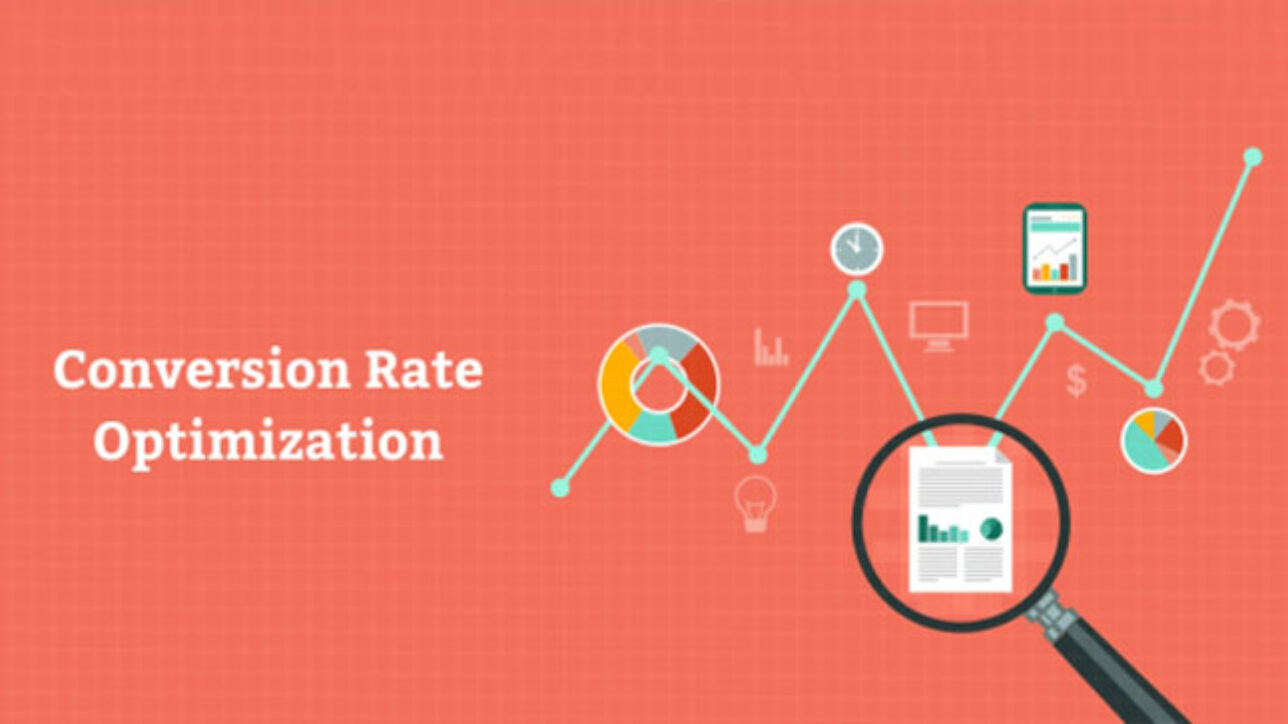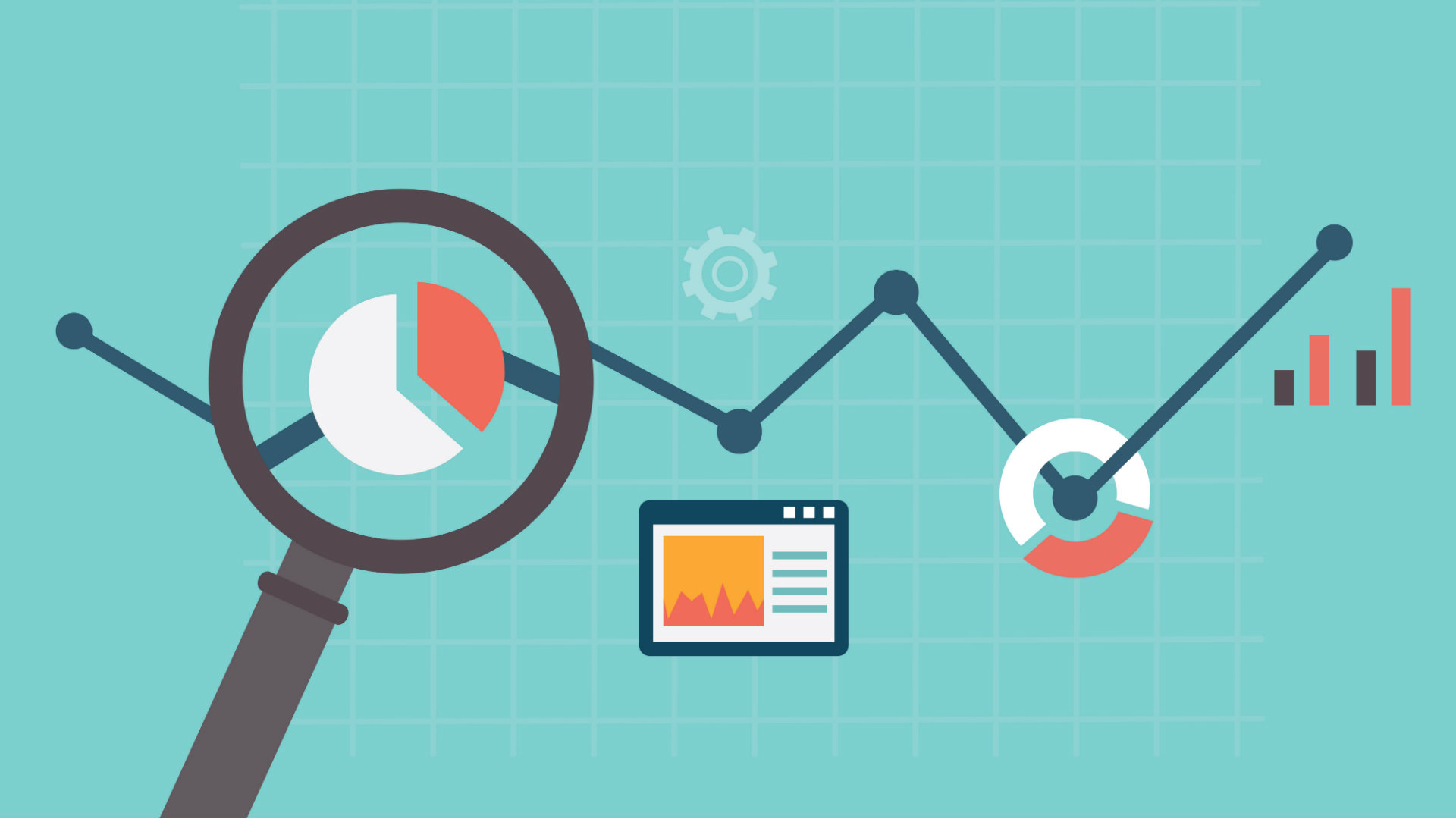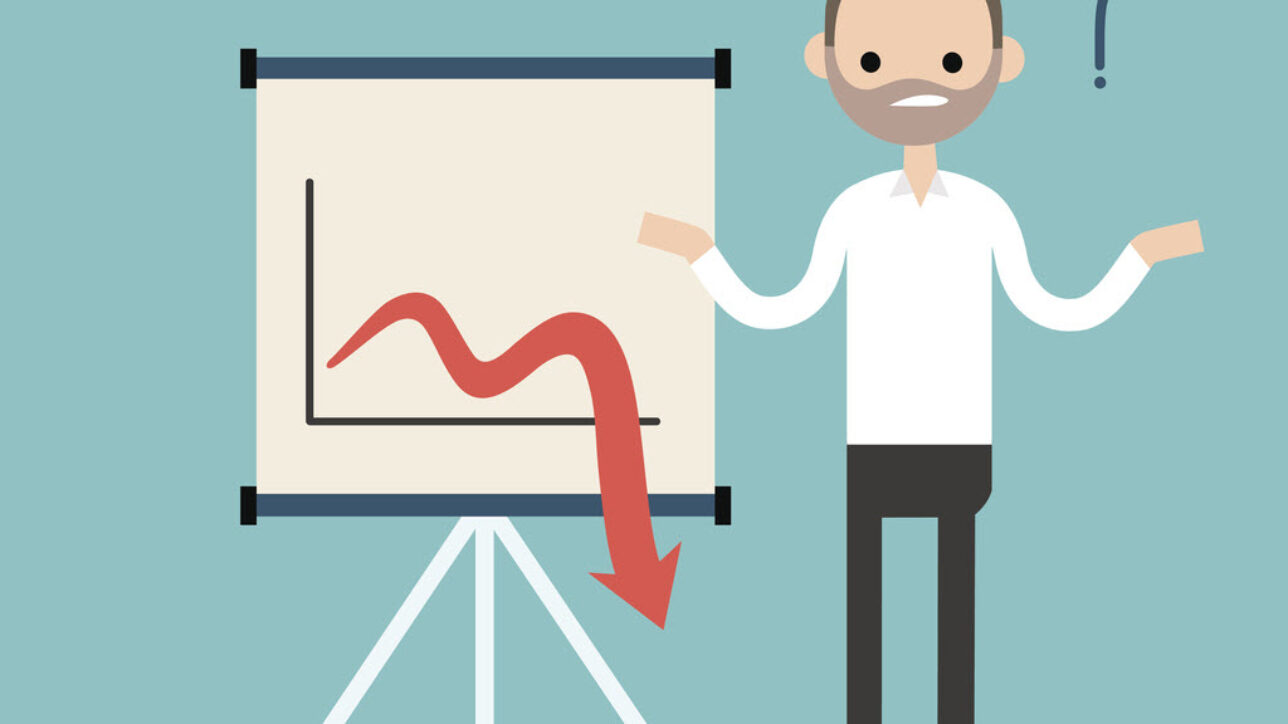Web Site Conversion Rates
This is probably the single biggest statistic for any website that is for a business. It is the final measurable metric that shows how much of your traffic turned into purchases, sign ups, bookings and orders etc. It’s important not to confuse this data with business turnover and other types of web hits that we have previously discussed.
In it’s purest form your conversion rate is where Google analytics follows a user session to the point where they can’t go any further. To calculate simply take the number of conversions and dividing that by the number of total ad clicks to your site. For E-Commerce sites this is easily measurable by placing something in your cart and paying for it. For other sites it’s gaining sign ups or registrations. For others its users downloading trial software etc, but for most other SMB’s its going to be making an appointment.
This last step can easily get unmeasurable as a lot of site owners don’t have automated sites where appointments and services can be booked without human interaction, or they simply don’t have an off the shelf service. What happens at this point is that users will normally call. They can still contact you via email or social but not necessarily from your own site buttons or links.
All these and other reasons make measuring conversion rates with Google analytics (and other calculations) quite difficult. Its still possible to get a worthwhile metric though, normally you will have to measure this manually by looking at traffic increases, sessions that were long but didn’t trigger one of the ways mentioned above, then look at your overall turnover that month. Either way, it’s the most important statistic of your site and should be known by site owners.
So what is the average conversion rate for a website?
You may be surprised to find it’s a lot lower than you might think. Across various large industry sectors, the average landing page (commonly the homepage) conversion rate was 2.35%, but the top 25% are converting at 5.31% or higher with the top 10% have conversion rates of 11.45% or higher (as of 2014). For instance Amazon’s conversion rate as of 2015 was 13% which is still 4 times higher than the national average (for Prime members its a staggering 74%!!!). Rates vary from industry to industry but most SMB’s should be looking at between 2% – 4% and not get misled by stellar companies like Amazon. So what if your rate is lower than 2%?


The main reasons for a low conversion rate
Normally the reasons for a low rate are an ugly, outdated and confusing site. There can be other big factors like your site doesn’t work on mobile devices and things like pop ups, slow page load times, no overall marketing strategy or method can drastically reduce your conversion rate. Finally an obvious killer is pricing.
The good news is that all these factors can in most cases easily be fixed or improved. The first set easily has the biggest effect so lets look at those. Ugly sites just don’t appeal to users the same way as ugly, dirty and outdated shops don’t make us want to come in. If your site is confusing and the “call to action” isn’t clear (the ongoing message in each step of “click here to buy” etc) then users attention spans get stretched as it’s all too easy to go to another site and potentially complete the whole process quicker from scratch.
Missing information can also sometimes be a killer, just having your contact details easily visible on all pages all the of the time can be a factor. Making them clickable, especially on mobile devices) means that users have the option of calling you instead of using the site. Nearly all business owners would say that their conversions are higher when they speak to someone, normally above 75% so getting the phone to ring is an obvious win.
All in all there are many detailed factors and if your rate is low it might also be a combination of the above elements. A good SEO or digital marketing company should be able to find and solve this issue quite easily.
How to improve it with Conversion Rate Optimisation (CRO)
There are easy basic optimisations like line spacing, button placement, font colours, etc that are simple to implement but should really be the basic minimals for modern sites, but it’s surprising how many SMB’s who haven’t been working on their sites don’t have these simple strategies in place.
This can yield instant increases in your conversion rate, especially when your traffic is low.
For true CRO, larger sites may employ split testing (A/B testing) a page against itself and still see one copy of the same page performs better. This is normally time consuming and expensive so only worthwhile if your traffic is high and your site is big with many landing pages.
It’s worth noting that doubling your conversion rate is far easier than doubling your traffic. Any SEO company will tell you that increasing your traffic means gaining much higher rankings (normally into the top 3 positions for high search volume key terms) and or having more terms ranking. Whereas lifting your conversion rate is normally instant, and inherently less costly.
Overall its obvious that this should be monitored regularly and seasonal shifts as well as new competition have to be factored, but not knowing your conversion rate at all is the most expensive mistake you can make.










